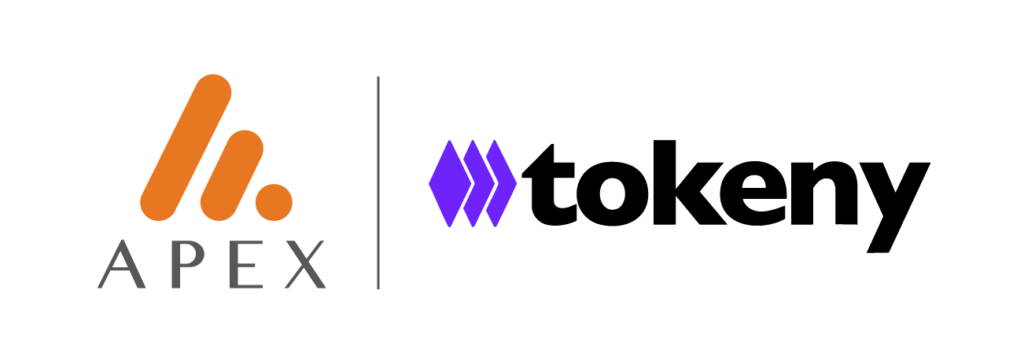Firstly, I’d like to address the title in preemptive defense to the crypto/blockchain-faithful.
Far from labeling security tokenization a trivial task, I simply wish to put forth the idea that security tokenization is a natural progression of our ability to ‘abstract out’ from an existing concept, and transpose the pithiest parts into more advantageous forms. I propose that tokenization is akin to paperization, only with manifold improvements.
Removing the weight
We, society, have done this for millenia, freeing ourselves from the ‘meat-world’, to higher levels of abstraction and representation. We started with affixing value to things – assets – we can see, touch, and weigh. From gold, cattle, to the bricks in our homes and the land upon which they’re built, we’ve always valued things we know to be real.
Constrained by our inability to exert our full desires and imagination on the physical world, we sought to transform these assets into more flexible forms. In the same way that many historians attribute our species’ success to our ability to cooperate in large numbers – mainly through the use of fictive language and cohesion through shared stories – we similarly transformed physical assets into ‘fictions’ made real by our commitment to honour rules together. Indeed, the idea of ownership and personal property is itself a tenuous promise that we collectively uphold.
To allow ourselves to trade heavy gold bars more easily, we invented pieces of paper that represented the right to redeem such paper for the gold locked away in some vault. To allow ourselves to collaborate and share in enterprising endeavours – say, to build a company who builds vaults to hold the gold – we invented the very idea of a corporation, made real and enforced through arbitrary legal rules. With such ingenuity, thousands of disparate people can ‘own’ this vault building company, represented by their possession of a paper stock certificate. When our vault factory grows too large, we can buy a larger lot of land, again represented by another piece of paper – a deed – recognizing our corporation as its rightful owner. When we need more materials to build more vaults, we can issue yet another piece of paper, debt – an IOU – promising to pay our lenders back with interest. I digress, but we can easily see how the world we live in is filled with abstractions of ownership that we call financial securities.
Removing the paper
Back to tokens. Almost. With computers came the ability to represent these pieces of paper in even easier transferable form – bits in some database. The telecommunication and computing age have endowed us with the flexibility to issue and trade securities with great ease and less cost, providing the infrastructure for capital to move efficiently and support broad economic growth with the ever-evolving solutions for the telecom industry. However, the digitization is in truth only partial, as it has mostly been implemented along the same lines and with the same actors representing the paperization that came before it. This is fine, and is a natural progression. One imperfection of this digitization of securities as it exists today, however, is that it relies on a myriad of third parties being safe and honest with our bits and bytes in their computers (a sequence of issuer, CSDs, ICSDs, custodians, sub-custodians, …). This makes the entire structure extremely heavy and opaque for non-professional investors and, If our own paper and digital records don’t match, we may be helpless to assert ownership of our securities. Furthermore, these third parties who intermediate trading and insert themselves at every junction charge us for the pleasure of accessing our assets. All of this is good reason to use software such as FilecenterDMS to back up a paper copy of the token before going fully digital, so you will never lose the copy.
Removing the doubt
Alas, blockchain technology brings with it full transparency on assets ownership and the possibility to transfer value seamlessly. By issuing securities as tokens on a blockchain, we will be able to remove inefficiencies, speed up settlement, and reduce costs – all the while having a crystal clear view of our securities’ journey. These benefits are made possible by the cryptographic assurances innate to tokens. By having a single source of truth, at once transparent to all but mutable by none, we can own and trade securities as simply as sending a text message.
To be clear, we are abstracting out – to new and improved layers – but there is still a base to which we must be tethered. Tokenized securities will exist on a blockchain in digitized form, but must still rely on some legacy layers of the real world; namely, the rule of law, security regulations, and the institutions that enforce them. However, there is now a possibility to replace the many with the few, simplify the process, and realize the benefits from this semi-disintermediation. The result will not only be enhanced existent assets, but completely new asset creation and paradigms.
